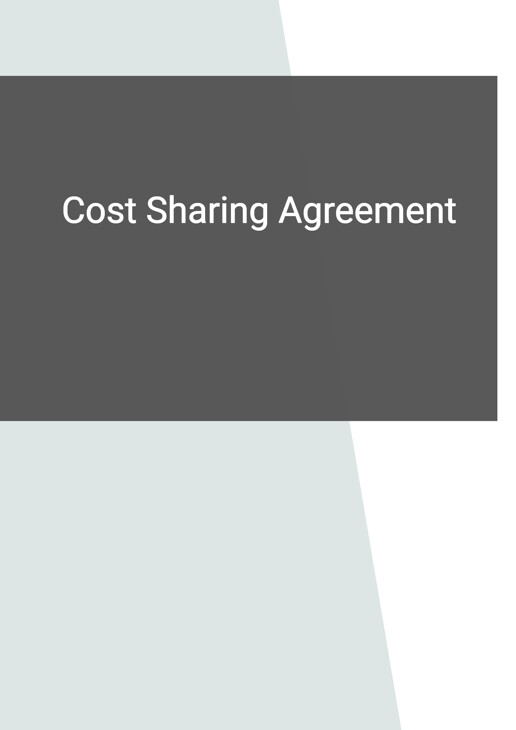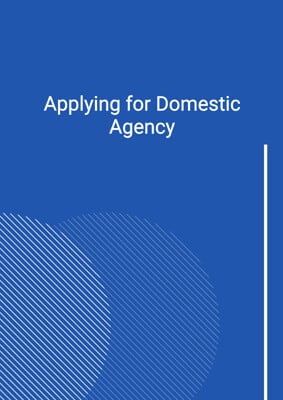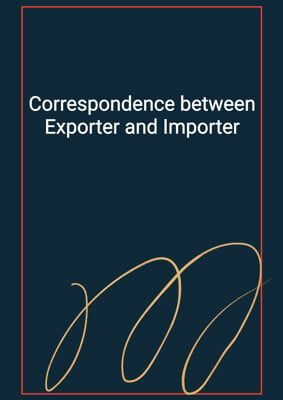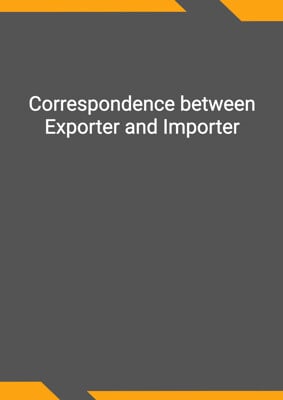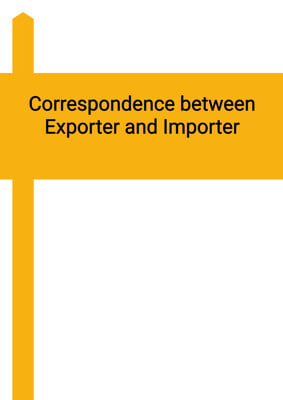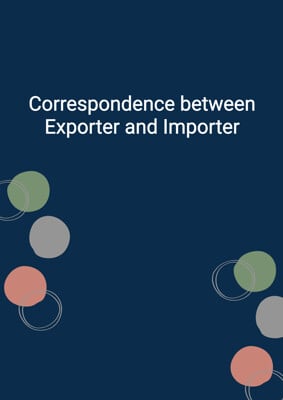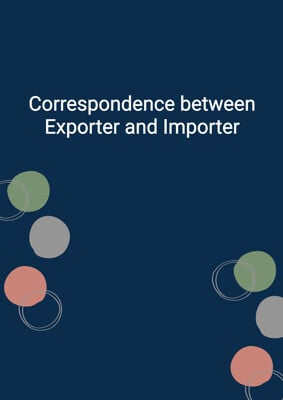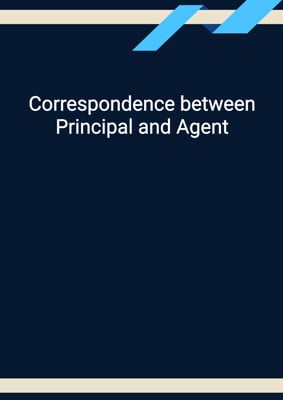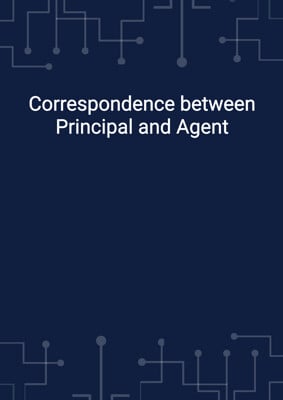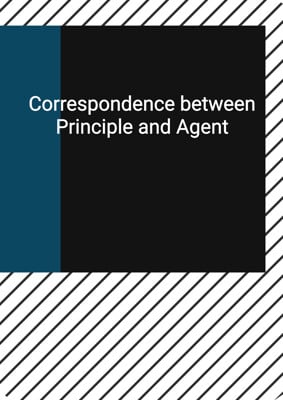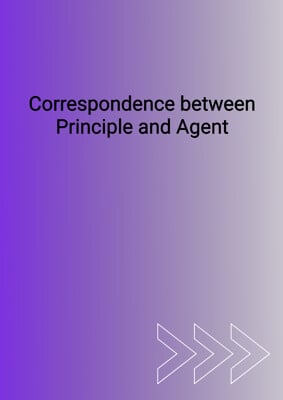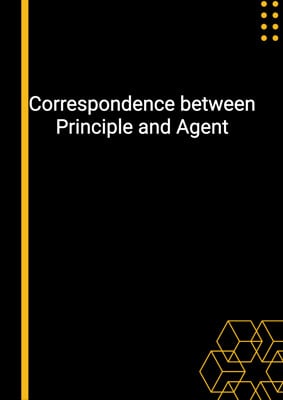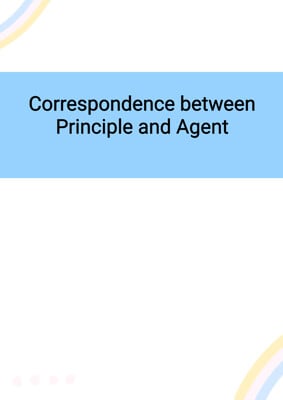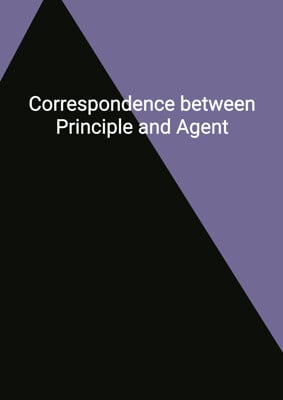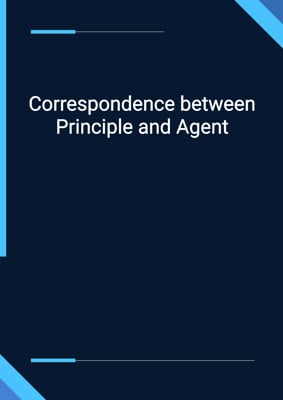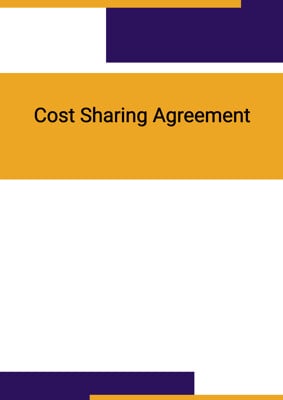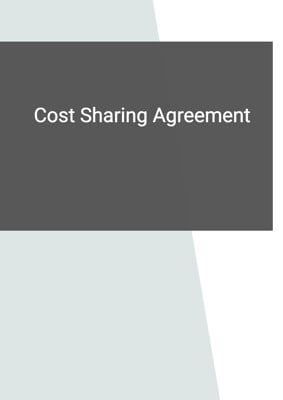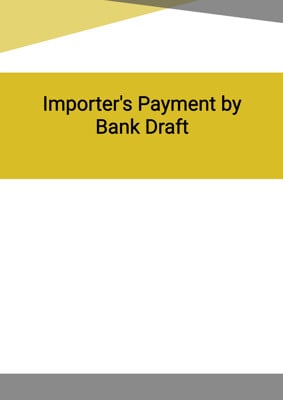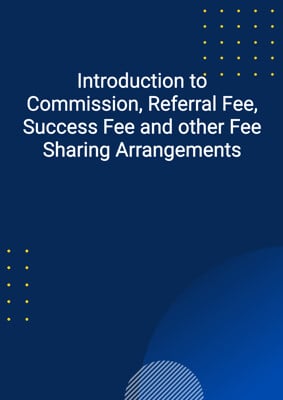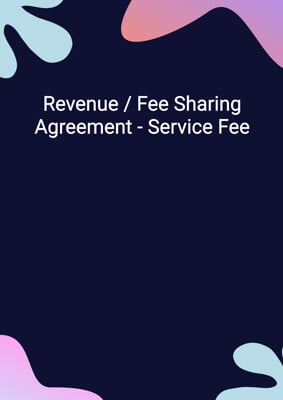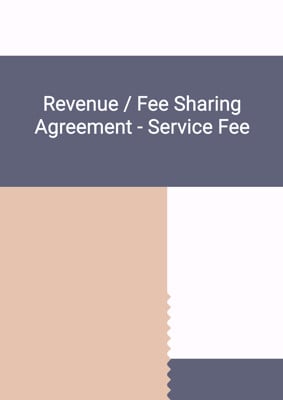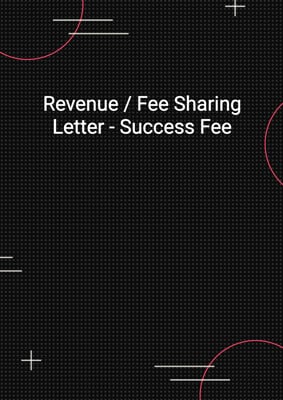How to Tailor the Document for Your Need?
01
Create Document
Fill in the details of the parties. You can click the "Fill with Member’s Information" button to complete it with information saved to your account.
02
Fill Information
Please fill in any additional information by following the step-by-step guide on the left hand side of the preview document and click the "Next" button.
03
Get Document
When you are done, click the "Get Document" button and you can download the document in Word or PDF format.
04
Review Document
Please get all parties to review the document carefully and make any final modifications to ensure that the details are correct before signing the document.
Document Preview
Document Description
The Cost Sharing Agreement is a document that outlines the arrangement between two parties, referred to as the Servicer and the Company. The document begins by highlighting the importance of the agreement, which is to reduce the Company's administrative and other costs of supporting its officers and employees. The Servicer will provide office and admin services to assist in the running of the Company's business operations.
The agreement is divided into several sections, each serving a specific purpose. The first section is the interpretation section, which defines key terms used throughout the agreement. This ensures that both parties have a clear understanding of the terminology used.
The next section is the term section, which specifies the duration of the agreement. It states that the agreement will be in effect for a certain number of months, with the option for automatic renewal unless either party requests termination. This section ensures that both parties are aware of the duration of their commitment.
The shared costs services section outlines the services that the Servicer will provide to the Company. These services may be provided directly by the Servicer or through third-party providers. This section ensures that both parties are aware of the specific services that will be rendered.
The reimbursement of shared costs section addresses the financial aspect of the agreement. It states that the Company agrees to reimburse the Servicer for the costs of the services and facilities provided. The reimbursement may be based on a share fee percentage or the actual cost attributable to the Company's use of the services. This section ensures that both parties understand the financial obligations involved.
The payment of shared costs section outlines the invoicing and payment process. It states that the Servicer will invoice the Company for the services on a monthly basis, and the Company is required to pay the invoiced amount within a specified number of business days. This section ensures that both parties are aware of the payment terms.
The books and records section requires the Servicer to maintain accurate records of the services utilized by the Company. These records must be accessible for inspection by the Company's representatives. This section ensures transparency and accountability.
The confidentiality section establishes the obligation of both parties to treat any confidential information shared during the agreement as confidential. It also outlines the circumstances under which the confidential information may be disclosed. This section protects the sensitive information of both parties.
The limitation of liability section limits the liability of both parties for any damages resulting from the agreement. It states that neither party shall be liable for indirect or consequential damages. This section protects both parties from excessive liability.
The extent of undertakings section clarifies the scope of the services that the Servicer is able and willing to provide. It states that the Servicer will use reasonable endeavors to provide the services outlined in the agreement but is not obligated to provide advice, assistance, or services beyond its capabilities. This section ensures realistic expectations.
The force majeure section addresses the circumstances under which either party may be excused from non-performance or delayed performance of the agreement due to circumstances beyond their control. This section protects both parties from liability in unforeseen events.
The notices and service section specifies the methods of communication between the parties and the addresses to which notices should be sent. This section ensures effective communication.
The general section includes various provisions, such as restrictions on mortgage or assignment of rights, the independent contractor relationship between the parties, waiver of rights, and the governing law and jurisdiction. These provisions cover miscellaneous aspects of the agreement.
The termination section outlines the conditions under which either party may terminate the agreement. It states that termination may occur in the event of a breach, insolvency, or other specified circumstances. This section protects both parties in case of non-compliance.
The consequences of termination section addresses the effects of termination, including the continuation of certain provisions, the settlement of outstanding fees, and the release of further obligations. This section ensures a smooth transition after termination.
The document concludes with a statement that no rights under the agreement can be enforced by third parties. This protects the parties from any claims or disputes involving third parties.
Overall, the Cost Sharing Agreement is a comprehensive document that covers all aspects of the arrangement between the Servicer and the Company. It ensures clarity, transparency, and protection for both parties throughout the duration of the agreement.
How to use this document?
To use the Cost Sharing Agreement effectively, follow these steps:
1. Familiarize yourself with the agreement: Read the entire document carefully to understand its purpose, terms, and conditions. Pay attention to the definitions provided in the interpretation section.
2. Determine the duration: Identify the term of the agreement, whether it is for a specific number of months or indefinite until termination. Note any provisions regarding automatic renewal or termination.
3. Understand the shared costs services: Review the section that outlines the services to be provided by the Servicer. Ensure that you have a clear understanding of the specific services and activities that will be performed.
4. Discuss reimbursement options: Consider the reimbursement method for the shared costs. Determine whether it will be based on a share fee percentage or the actual cost attributable to your use of the services. Discuss and agree upon the most suitable option with the Servicer.
5. Establish payment terms: Take note of the invoicing and payment process outlined in the agreement. Understand when and how the Servicer will invoice you for the services and the timeframe within which you are required to make the payment.
6. Maintain accurate records: Be aware of the Servicer's obligation to maintain books and records related to the services provided. Ensure that you have access to these records for inspection if necessary.
7. Protect confidential information: Understand the confidentiality obligations outlined in the agreement. Take necessary measures to treat any confidential information shared during the agreement as confidential and ensure that it is only disclosed to authorized individuals.
8. Be aware of limitations of liability: Note the limitations of liability stated in the agreement. Understand that neither party will be liable for indirect or consequential damages and that the maximum liability is equal to the total sums payable by you to the Servicer.
9. Communicate effectively: Follow the guidelines provided in the notices and service section for effective communication. Ensure that any notices or communications are sent to the correct addresses and in the specified manner.
10. Comply with termination conditions: Familiarize yourself with the termination conditions outlined in the agreement. Understand the circumstances under which either party may terminate the agreement and the notice period required. Adhere to these conditions if termination becomes necessary.
11. Understand post-termination consequences: Be aware of the consequences of termination, such as the continuation of certain provisions and the settlement of outstanding fees. Ensure that you fulfill any obligations that may arise after termination.
By following these steps, you can effectively use the Cost Sharing Agreement and ensure a smooth and mutually beneficial arrangement with the Servicer.
Not the right document?
Don’t worry, we have thousands of documents for you to choose from:
